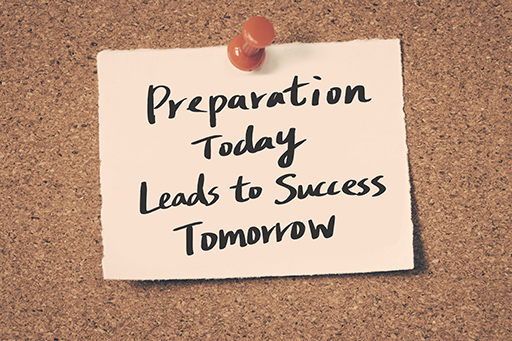2 What next?
Before beginning your action planning process, here’s a quick look back at the Design Council’s four cornerstones of a good brand from Week 3:
- The big idea – what lies at the heart of your offer?
- Values – what do you believe in?
- Vision – where are you going?
- Personality – how do you want to come across?
A key part of presenting your personal brand is your answer to the question ‘What do you do?’ (or your ‘elevator pitch’), which should encapsulate those four cornerstones in a 30-60 second summary.
You started to think about this in Activity 1 in Week 2, but that was at an early stage in the course and you were focusing on your current role. In Activity 2 this week, you’ll have the opportunity to rethink and rewrite your answer to ensure that it reflects what you’ve learned about your brand and supports your future career plans.
The Elevator pitch
There are many ways to approach an elevator pitch. As you saw in Week 2, Simon Sinek’s advice is to start with why. In a competitive market place where many people have the skills and experience to perform well in a given role, why you want to do it, i.e. your personal motivation, can be a useful differentiator. Find the link to Sinek’s ‘Find Your Why’ website in the Further reading [Tip: hold Ctrl and click a link to open it in a new tab. (Hide tip)] section at the end of this week.
Holloway (2017, p. 163) suggests that the content of your pitch should answer the following questions:
What job do you do?; Who do you help?; What benefits do you deliver?; What do you do to deliver them?; Why is that important?; What’s a great example of when you’ve delivered?
Smith (2018) has this advice:
- Say as little as possible (1-3 things) – include the parts of your story that are relevant to the situation you are in. If they’re interested, they’ll ask for more
- Decide what you’re looking for and emphasise your most relevant experience
- Figure out who you’re talking to – tailor your pitch to your audience
- Emphasise the problem you solve rather than what you do
- Include numbers and concrete details – this will make the pitch more memorable
- Turn it into a conversation – for example:
Them: ‘What do you do?’ You: ‘Do you get any email newsletters from different brands you’ve purchased something from?’ Them: ‘Yes, I get SO many emails!’ You: ‘I work with brands to write email newsletters that will make you buy something again, and not unsubscribe.’
Activity 2 My elevator pitch
Choose a person or organisation that you’d like to pitch your brand to. Keep in mind their priorities and interests.
In the space below, write your elevator pitch to them. It is probably easier to write everything you can think of initially and then edit it down to the crucial points. A bullet-pointed list might be easier to remember than a narrative script.
Discussion
When you’re happy with what you’ve written, practise saying it out loud. This will make it easier to share when an appropriate situation arises.
Smith’s blog (2018) includes some useful examples, including this one:
Old elevator pitch: ‘I’m a stay-at-home mom, and I’ve recently started doing web design.’
New elevator pitch: ‘I’m a web designer who’s making the internet a more beautiful and positive place! My background in counselling helps me understand what the bloggers and small business owners I work with need. And, thanks to working in administration AND now being a stay-at-home mom, I’m great at coming up with solutions, no matter what you throw at me.’
Now, look back at the brand story you wrote at the end of Week 4.
This is the detail that sits behind and supports your elevator pitch. Since you first wrote it, you’ve had a chance to consider the needs of employers and looked more closely at the employers who interest you. You’ve also looked at different ways in which you might communicate your brand. The next activity is your opportunity to edit your story.
Activity 3 Editing my story
Copy and paste your personal brand story into the box below. Refer back to Week 4, Activity 6 if you need to. Spend a few minutes re-reading it.
Think about the feedback you received on your first draft. Is there anything you want to change in response to that?
Considering your learning from the whole course, is there anything else you’d like to refine, add or remove at this point? For example, are there strengths you want to give more emphasis to now you know more about what your target employers are looking for?
Discussion
Is there anything missing from your brand that will be important in achieving your goals? For example, there may be some knowledge or experience that you need to gain? If there is, make obtaining that one of your actions in the next activity.
Remember, your personal brand isn’t set in stone forever. Over time, your values and goals will change, you might identify new strengths, or the working environment around you might alter. So don’t be afraid to review and re-invigorate elements of your personal brand if necessary.
When you are clear about your personal brand and what you want to say about yourself to current and future employers, you can move on to the action planning stage of your journey.

